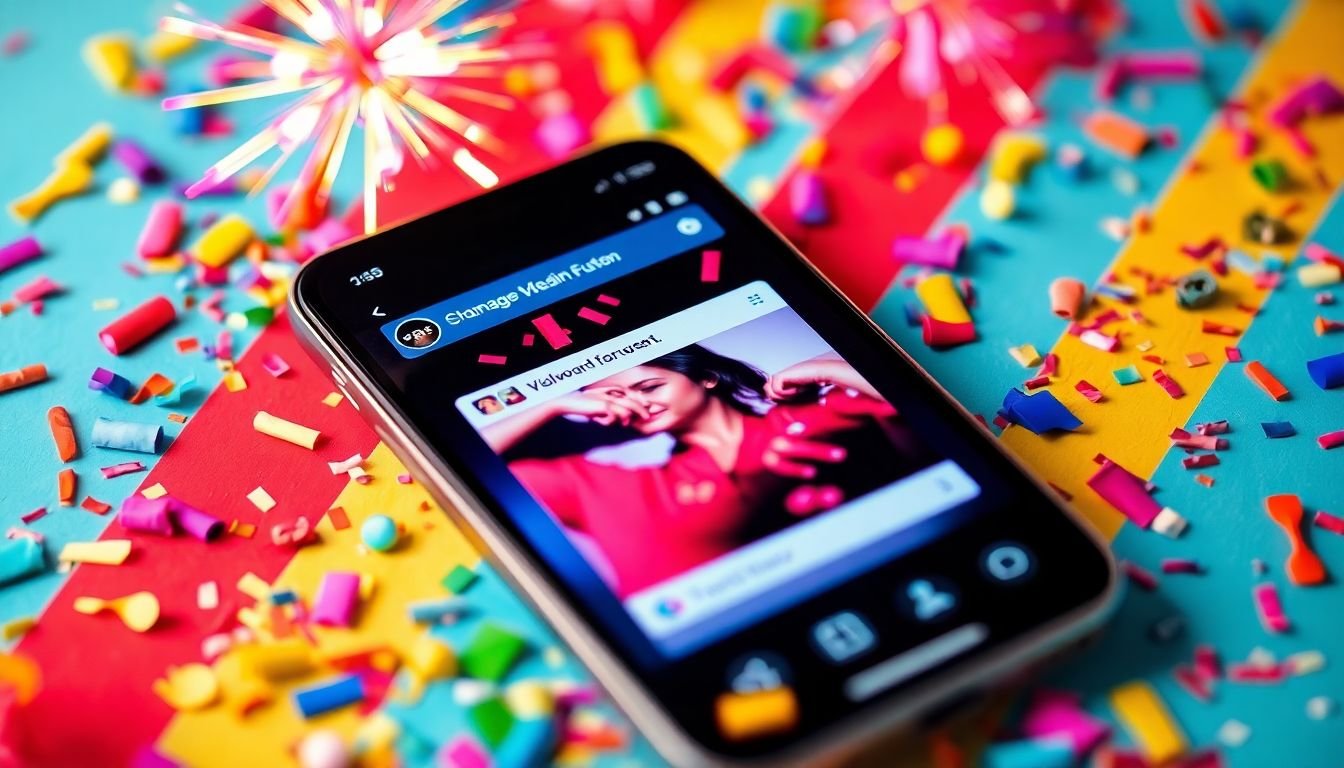
Table of Contents
Ever wondered why some social media posts seem to spread like wildfire, while others barely spark a reaction? The secret lies in crafting content that not only resonates with your audience but also encourages them to share it with their network. But how exactly do you create social media content that’s primed for virality? That’s what we’re here to explore in this comprehensive guide. By the end of this article, you’ll have a solid understanding of what makes content shareable, and you’ll be equipped with a strategy to create your own viral hits. So, let’s dive in!
First, let’s address the elephant in the room: what makes content go viral? Is it luck, timing, or some mysterious algorithm? While there’s no one-size-fits-all answer, research has shown that there are certain elements that increase the likelihood of a post being shared. For instance, did you know that content that evokes high-arousal emotions, such as joy, surprise, or anger, is more likely to be shared? Or that posts with a clear ‘call to action’ encourage engagement and sharing?
Now, you might be thinking, ‘That’s all well and good, but how do I apply this to my own content?’ That’s where a well-thought-out content strategy comes in. A solid strategy ensures that your posts are consistent, engaging, and tailored to your audience. It’s the roadmap that guides you from creating a single share-worthy post to building a community around your brand.
In this article, we’ll delve into the art and science of creating viral content. We’ll explore the psychology behind what makes people share, provide practical tips for crafting shareable content, and discuss how to optimize your content for different social media platforms. We’ll also look at real-life examples of viral content and analyze what made them so successful.
So, are you ready to transform your social media presence and create content that’s not just seen, but shared? Then keep reading, because by the end of this article, you’ll have the tools you need to create social media content that’s primed for virality.
Unlocking the Secrets of Share-Worthy Posts and Explosive Engagement
In the dynamic realm of social media, crafting share-worthy posts that spark explosive engagement is an art form that combines creativity, strategy, and a dash of mystery. Imagine you’re a secret agent, but instead of infiltrating enemy bases, you’re infiltrating newsfeeds, armed not with gadgets, but with words, images, and ideas that captivate, inspire, and compel action. The secret lies in understanding your audience like a close friend, anticipating their interests, and serving them content that’s as delightful as a surprise party. It’s about telling stories that resonate, asking questions that provoke thought, and offering value that’s as tangible as it is intangible. It’s about creating a post that’s not just a message, but an experience, a conversation starter, a memory. It’s about understanding that engagement isn’t just about likes and shares, but about building a community, fostering connections, and igniting conversations. So, are you ready to don your secret agent hat, unlock the secrets of share-worthy posts, and set the stage for explosive engagement?
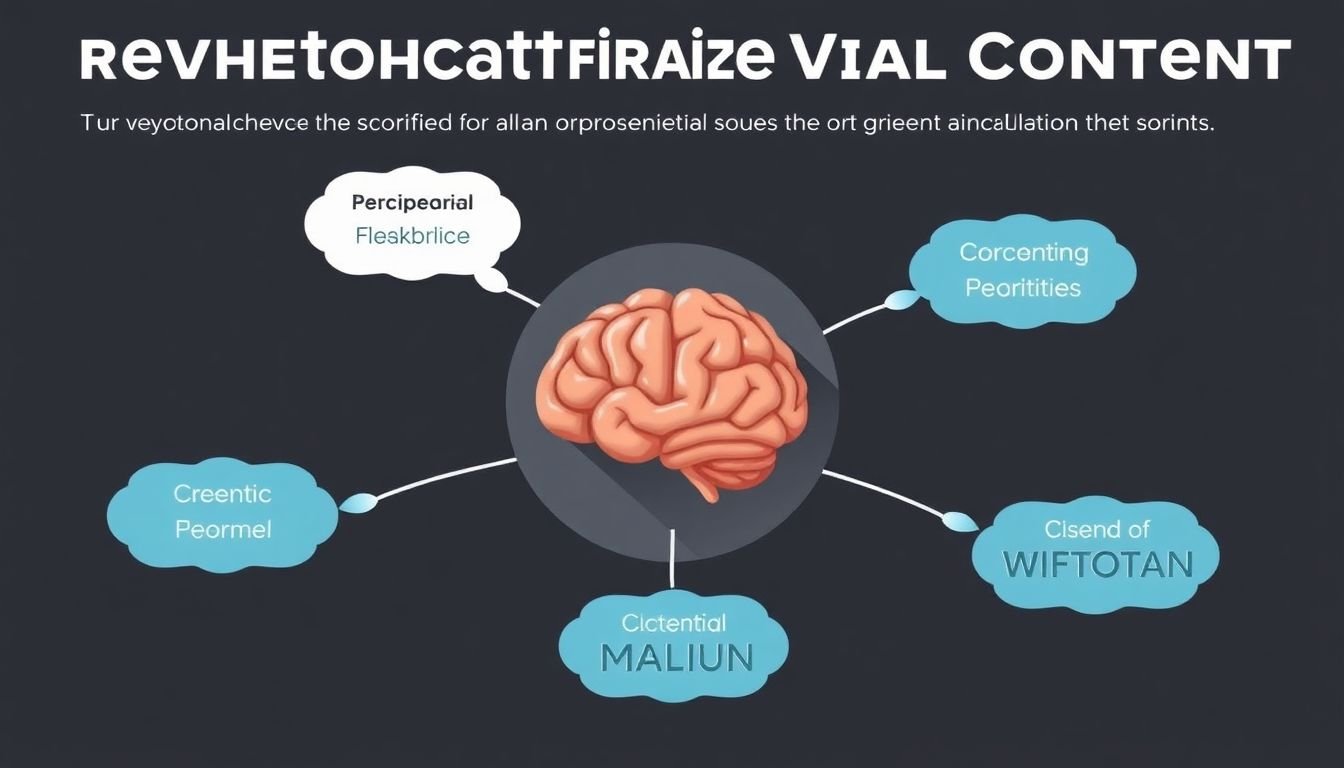
Understanding Viral Content
Understanding the phenomenon of viral content is like trying to catch a slippery fish in the dark; it’s elusive, yet captivating. At its core, viral content is any piece of information that spreads rapidly and extensively through social networks, often reaching millions of people in a short span. But what makes something go viral? The answer lies in a fascinating blend of psychology, sociology, and plain old human nature.
To understand virality, let’s first consider the psychology behind sharing. Sharing is not just about spreading information; it’s also about expressing our identity, seeking social validation, and fostering a sense of belonging. When we share a post, we’re not just passing on a joke or a news article; we’re also saying something about ourselves. This is why understanding the psychology of sharing is crucial in understanding virality.
Emotions play a significant role in what we share. We tend to share content that evokes strong emotions, whether it’s joy, surprise, anger, or sadness. This is because emotions are contagious. When we feel a strong emotion, we want to share that feeling with others. This is why funny memes, heartwarming stories, and shocking news articles often go viral.
Curiosity is another powerful driver of virality. We share content that piques our curiosity, that makes us want to know more. This is why clickbait titles often work; they promise to satisfy our curiosity, even if the content itself doesn’t deliver. But curiosity isn’t just about satisfying our own curiosity; it’s also about satisfying the curiosity of others. When we share a post, we’re often asking our friends and followers, ‘Isn’t this interesting? Don’t you want to know more?’
Social validation is the final piece of the puzzle. We share content because we want others to validate our choices, our beliefs, and our identity. When we share a post, we’re not just sharing information; we’re also saying, ‘This is what I believe in. This is who I am.’ This is why political memes, social causes, and cultural trends often go viral. They allow us to express our identity and seek validation from our peers.
In conclusion, understanding viral content is not just about understanding algorithms or trends; it’s about understanding human nature. It’s about understanding why we share what we share, why we feel what we feel, and why we want to belong. And perhaps, with this understanding, we can catch that slippery fish in the dark, and understand why some things go viral, while others sink into obscurity.

The Power of Storytelling
The power of storytelling is as old as humanity itself, transcending cultures and generations to captivate audiences and foster connections. At its core, storytelling is about weaving compelling narratives that resonate with our emotions, spark our imagination, and inspire us to share our experiences with others. In the digital age, this power has been amplified by social media platforms, which have become global stages for narratives to unfold and spread.
Engaging stories on social media are not merely about sharing information; they are about evoking feelings and creating a sense of belonging. They tap into our innate desire for connection and understanding, making us more likely to share them with our networks. To craft such stories, consider the following tips:
- Know Your Audience: Understand who you’re speaking to and what resonates with them. Tailor your story to their interests and values.
- Start with a Hook: Grab attention from the outset. This could be a surprising fact, a compelling question, or a vivid image.
- Use Emotion: Stories that evoke strong emotions are more likely to be shared. Consider using humor, inspiration, or suspense to engage your audience.
- Keep It Concise: Social media platforms have short attention spans. Keep your story clear, concise, and easy to understand.
- Tell a Story, Not Sell a Product: While the ultimate goal might be to promote a product or service, the story should be about something more universal and relatable.
Remember, the power of storytelling lies not just in the facts you share, but in the emotions you evoke and the connections you forge. So, go ahead, weave your tale, and watch as it captivates audiences and spreads across the digital landscape.
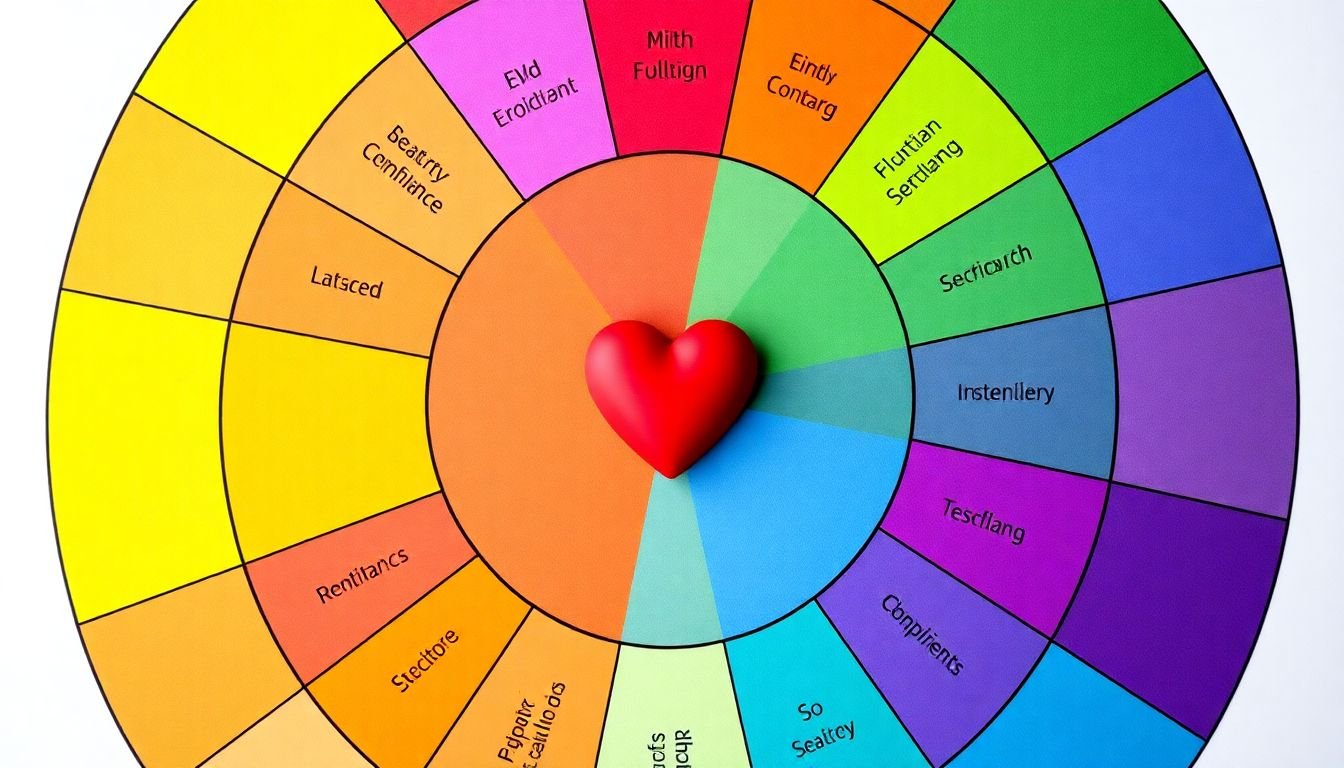
Leveraging Emotions
In the digital age, content doesn’t just inform; it evokes, provokes, and invokes. At the heart of this phenomenon lies the power of emotions, the silent drivers behind our clicks, shares, and likes. Viral content, that elusive unicorn of the internet, is not merely about information, but about feelings. It’s about making people laugh until their belly aches, cry until their eyes are red, or gasp in awe.
So, what emotions are we talking about? Let’s dive into the emotional spectrum that drives shares:
- Happiness and Amusement: Content that makes us laugh or feel good about ourselves is highly shareable. Think funny memes, heartwarming stories, or inspiring success tales.
- Awe and Inspiration: Content that evokes a sense of wonder or inspires us to be better often goes viral. This could be anything from breathtaking landscapes to stories of resilience.
- Anger and Outrage: Content that stirs our indignation can also spread rapidly. It could be exposing injustice or challenging the status quo.
- Fear and Anxiety: While not as pleasant, these emotions can also drive shares, especially when the content provides a sense of relief or a solution to the fear.
Now, how can you leverage these emotions in your posts? Here are some strategies:
- Understand Your Audience: Different groups respond to different emotions. Tailor your content to resonate with your specific audience.
- Storytelling: Weave emotions into your narrative. People connect with stories, and emotions are the threads that bind them.
- Visuals: Images and videos can evoke emotions more powerfully than text alone. Use them wisely.
- Call to Action: Encourage your audience to share your content. Make them feel part of something bigger.
Remember, evoking emotions is not about manipulation, but about connection. It’s about creating content that resonates, that touches the heart, that makes people feel seen and heard. So, go ahead, leverage emotions, but do so responsibly, ethically, and with heart.
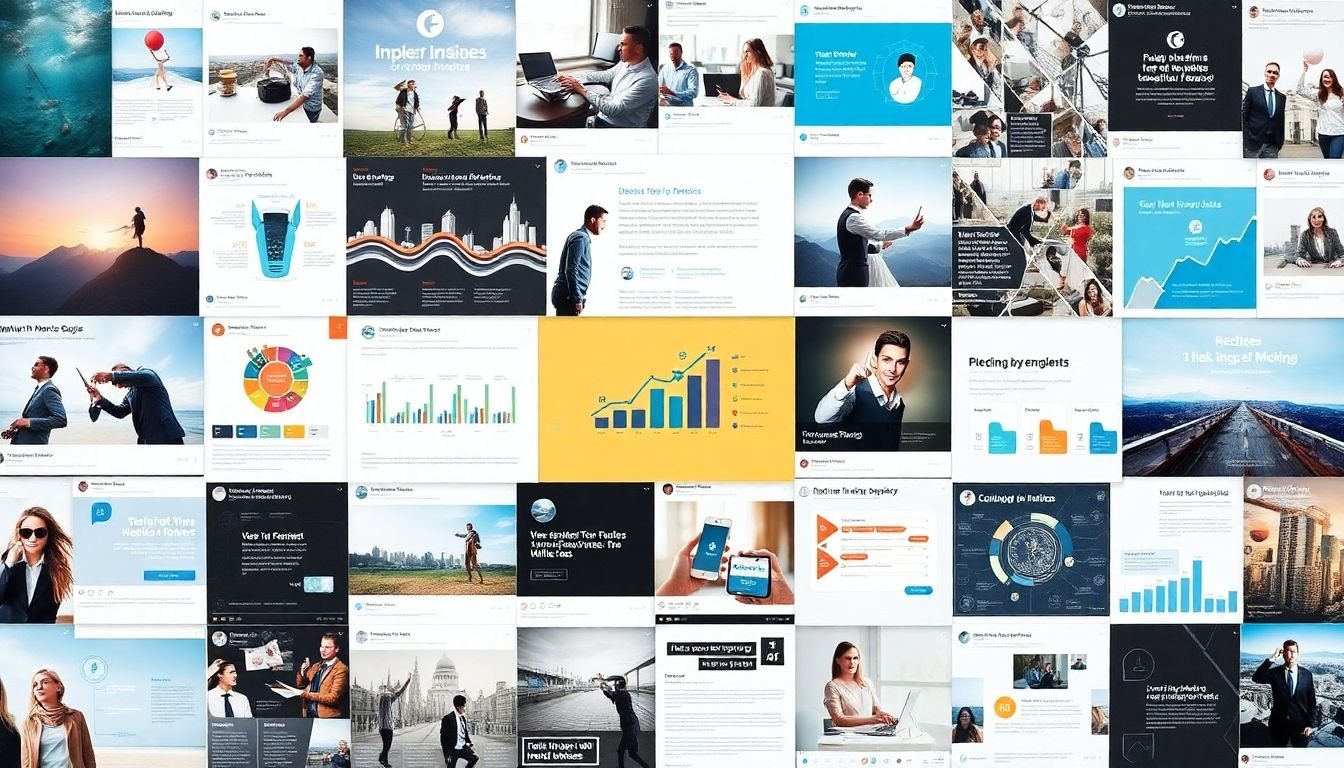
The Importance of Visuals
In the digital age, the importance of visual content on social media cannot be overstated. Our brains process visuals 60,000 times faster than text, making images, graphics, and videos powerful tools for capturing attention and conveying messages. According to a study by MIT, the brain can identify images seen for as little as 100 milliseconds, highlighting the immediate impact of visuals.
To harness this power, let’s explore some tips for creating eye-catching graphics, optimizing images for different platforms, and using videos effectively.
Firstly, creating eye-catching graphics:
- Use high-quality, relevant images that evoke emotions and tell a story.
- Keep it simple and uncluttered, with a clear focal point.
- Use a consistent color scheme and typography to build brand recognition.
- Experiment with different formats like infographics, charts, or memes to keep your content fresh.
Next, optimizing images for different platforms:
- Instagram: Use square or vertical images (1080×1080 or 1080×1350 pixels) for the feed, and 1:1 ratio for stories.
- Facebook: Use 1200×628 pixels for link previews and 16:9 ratio for videos.
- Twitter: Use 16:9 or 4:3 ratio, with a minimum width of 144 pixels.
- LinkedIn: Use 1200×627 pixels for posts and 1584×396 pixels for cover photos.
Lastly, using videos effectively:
- Keep them short and engaging, with a clear call-to-action.
- Use captions or subtitles to make them accessible and viewable without sound.
- Experiment with different formats like live videos, stories, or IGTV.
- Optimize videos for each platform’s aspect ratio and autoplay settings.
By following these tips, you can create a visually appealing social media presence that resonates with your audience and drives engagement.

Timing and Consistency
In the dynamic world of digital communication, timing and consistency are the twin pillars that support the architecture of effective content delivery. Let’s delve into the significance of these two elements and explore strategies to maximize engagement and reach.
The first step in this journey is understanding your audience. Different demographics are active at different times of the day. For instance, professionals might be more active during their commute or lunch break, while students could be more engaged in the evenings. Researching and understanding your audience’s peak activity hours can help you hit the bullseye with your posts.
Once you’ve identified the optimal times, consistency is key. Imagine a favorite TV show that suddenly decides to air at different times each week. The confusion and disappointment would be palpable. The same principle applies to your content. A consistent posting schedule helps your audience anticipate and look forward to your content, fostering loyalty and engagement.
To maintain this consistency, consider using content management tools that allow you to schedule posts in advance. This not only ensures timely delivery but also frees up your time to focus on creating quality content. Moreover, experimenting with different posting frequencies can help you find the sweet spot that keeps your audience engaged without overwhelming them.
Lastly, remember that timing and consistency are not one-size-fits-all. Regularly review your analytics to understand what’s working and what’s not. This data-driven approach can help you refine your strategy, ensuring that your content reaches the right audience at the right time, maximizing engagement and reach.
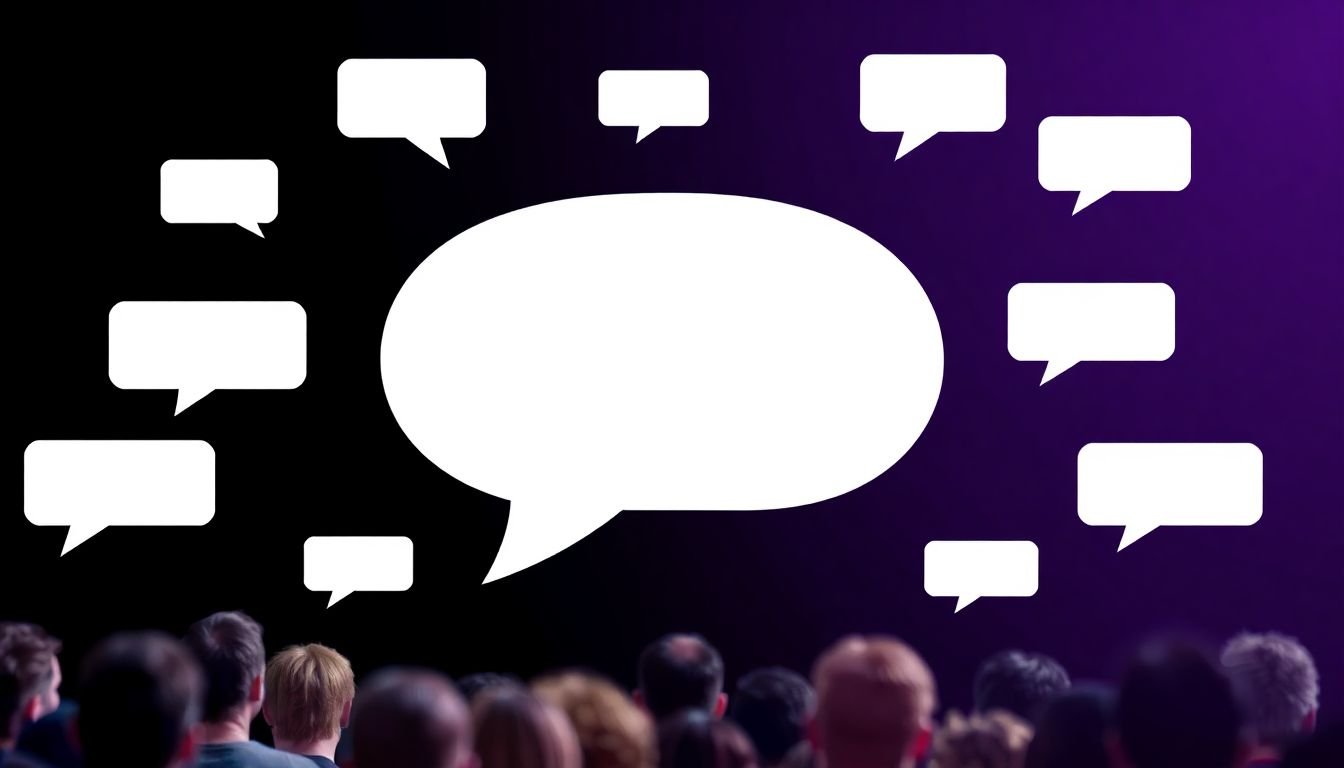
Engaging with Your Audience
Engaging with your audience is not just a suggestion, but a vital component of any successful online presence. It’s the difference between a one-way street and a bustling marketplace of ideas. Responding to comments, fostering a sense of community, and encouraging user-generated content are all key strategies to make your audience feel seen, heard, and valued.
Firstly, responding to comments is more than just a courtesy. It’s an opportunity to build a relationship with your audience. When someone takes the time to comment, they’re inviting you into a conversation. Be prompt, be genuine, and be respectful. If a comment is negative, don’t shy away. Instead, use it as an opportunity to understand and address their concerns. Remember, every comment is a chance to engage and grow.
Fostering a sense of community is about creating a space where your audience feels they belong. This could be as simple as encouraging discussions among your followers, or as complex as creating a dedicated community platform. The key is to make everyone feel welcome and valued. This could mean acknowledging regular commenters, or even creating a ‘commenter of the week’ feature.
Encouraging user-generated content is about empowering your audience to be a part of your platform’s growth. This could be anything from asking them to share their own stories, to running contests where they can win by creating content related to your platform. Not only does this make your audience feel more invested, but it also provides you with a wealth of fresh, relevant content.
In essence, engaging with your audience is about creating a two-way street. It’s about listening as much as you speak, valuing your audience’s input, and creating a space where everyone feels they belong. It’s hard work, but it’s worth it. After all, your audience isn’t just a number on a screen. They’re real people, with real thoughts and feelings, and they deserve to be heard.

The Role of Hashtags and SEO
In the vast digital landscape, standing out and being found is a challenge that every content creator faces. Two powerful tools that can significantly enhance your online presence are hashtags and Search Engine Optimization (SEO). Let’s delve into the role of these mighty allies in increasing discoverability and providing context to your posts.
Hashtags, those humble little symbols that have become ubiquitous on social media platforms, are more than just a way to add a touch of whimsy to your posts. They are powerful search tools that can exponentially increase the visibility of your content. When you use a hashtag, your post becomes searchable under that term, making it easier for users interested in that topic to find your content. For instance, if you’re sharing a recipe for vegan chocolate cake, using #VeganBaking or #PlantBasedDesserts can connect your post to a global community of vegan food enthusiasts.
However, not all hashtags are created equal. Using popular, relevant hashtags can increase your reach, but using too many or irrelevant ones can make your posts look spammy and decrease engagement. Therefore, it’s crucial to research and use hashtags strategically. Tools like Hashtagify, Keyhole, or even Instagram’s own search function can help you find relevant, popular hashtags.
Now, let’s talk about SEO. While hashtags are great for social media platforms, SEO is your key to being found on search engines like Google. SEO involves optimizing your content with relevant keywords, meta descriptions, and other elements to improve your ranking in search engine results pages (SERPs). The higher you rank, the more likely people are to click on your content.
Optimizing your content for SEO involves several steps. First, identify your target keywords
- these are the words or phrases that your target audience is likely to use when searching for content like yours. Next, incorporate these keywords naturally into your content, including your titles, headings, and meta descriptions. Also, ensure your website is mobile-friendly, has fast loading speeds, and has a clean, easy-to-navigate structure. Lastly, consistently create high-quality, engaging content that encourages users to stay on your site and interact with it.
In conclusion, hashtags and SEO are not mutually exclusive strategies. They are two sides of the same coin, working together to increase your content’s discoverability and provide context to your audience. By mastering the art of using hashtags and optimizing your content for SEO, you can significantly enhance your online presence and reach a wider audience.
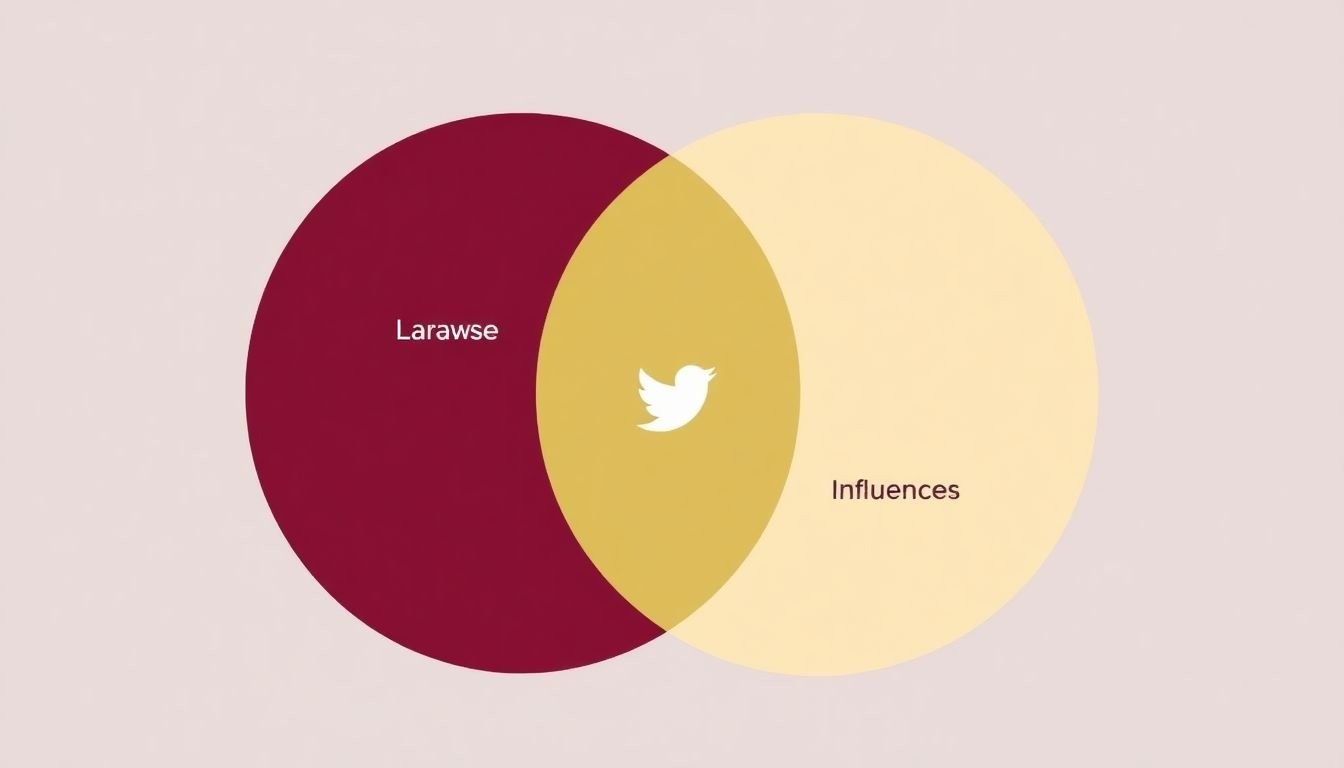
Collaborations and Influencers
In the digital age, collaborations and influencers have emerged as powerful tools for brands to amplify their reach and encourage sharing. By partnering with influencers, brands can tap into their established audiences, fostering trust and credibility that can be challenging to build from scratch. Influencers, with their authentic voices and engaged followings, can introduce your brand to a new, receptive audience, significantly expanding your reach.
However, successful collaborations are not merely about finding an influencer with a large following. It’s crucial to align with influencers whose values and aesthetics resonate with your brand. This alignment ensures that the influencer’s audience is likely to be interested in your product or service, increasing the likelihood of engagement and conversion.
To foster successful collaborations, consider the following strategies:
- Identify the Right Influencers: Look for influencers who have an engaged audience that matches your target demographic. Their engagement rate (likes, comments, shares per post) is often more important than their follower count.
- Be Transparent: Disclose your partnership to maintain transparency and trust with the influencer’s audience. This can be done using hashtags like #ad or #sponsored.
- Provide Creative Freedom: Influencers have built their audiences by being authentic. Allow them to create content in their unique style that resonates with their audience.
- Measure and Adjust: Track the performance of your collaborations using metrics like reach, engagement, and conversions. Use these insights to refine your strategy and improve future collaborations.
By strategically partnering with influencers and other brands, you can amplify your reach, encourage sharing, and foster growth in the digital landscape.

Measuring Success
Measuring success is a critical aspect of any content strategy, yet it’s often overlooked in the creative process. Tracking metrics and analyzing performance isn’t just about vanity numbers; it’s about understanding what resonates with your audience, refining your approach, and maximizing your content’s impact. Imagine you’re a chef in a bustling kitchen. You can’t just throw ingredients together and hope for the best. You need to taste, adjust, and repeat to create a dish that satisfies your customers. Content creation is much the same.
First, identify your key performance indicators (KPIs). These could be views, shares, likes, comments, or clicks. Each metric tells a story about your content’s performance. For instance, high views might indicate you’ve tapped into a popular topic, while high shares could suggest your content is highly engaging.
Next, leverage analytics tools to collect and interpret these metrics. Platforms like Google Analytics, BuzzSumo, or social media insights provide a wealth of data. They can help you understand your audience’s demographics, their behavior on your site, and the performance of individual pieces of content.
Once you’ve gathered your data, it’s time to analyze. Look for trends, patterns, and outliers. Ask yourself: What’s working? What’s not? Why? Here’s a simple way to approach this:
- Identify your top-performing content.
- Determine what makes it successful.
- Apply those lessons to future content.
Remember, the goal isn’t to chase virality for its own sake, but to create content that truly connects with your audience. Virality is a byproduct of that connection.
Finally, don’t forget to test and experiment. Content strategy is an ongoing process. Try new formats, topics, or posting times. See what works and what doesn’t. The more you learn, the better you can refine your strategy and maximize your content’s impact. After all, in the world of content creation, knowledge is power.